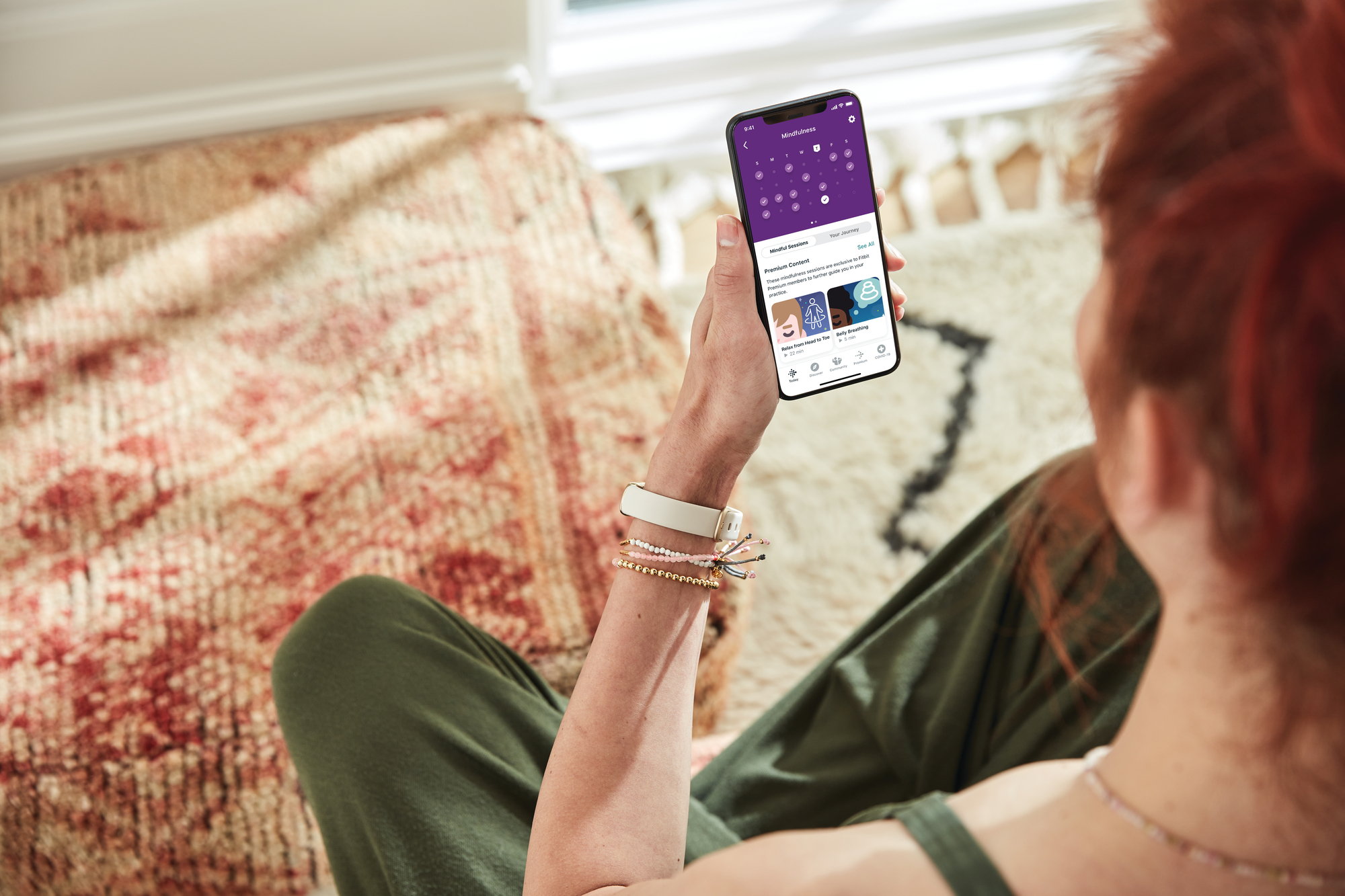How You Can Help Employees Manage Their Stress
Since the beginning of the coronavirus pandemic, many companies have identified mental health issues within their populations, and a recent global survey found that 42% of employees had experienced a decline in their mental health over the past year.1 In addition, we have seen a 57% increase in anxiety and a 21% increase in medications related to emotional wellbeing.1 The World Economic Forum estimates that by 2030, the cost of mental health to the global economy will reach $16 trillion – more than diabetes, respiratory disorders and cancer combined.
Employees are stressed, burned out, and many are looking to their employers for tools to help them. It is crucial that companies evolve not only their benefits, but culture, to prioritize emotional wellbeing. Mercer’s Sept 2020 flagship survey results found that for 2021, employers are focusing on supporting behavioral health by adding resources to help address new sources of stress and keep employees engaged and productive during these tough times.2 As an employer, it is important to identify changes you will be making to support your population, and to communicate them to your teams.
Managing stress can be complex. It can mean something different for everyone and addressing individual needs can be challenging. One way Fitbit is supporting users’ mental wellbeing is with the Stress Management Score. Users with select Fitbit devices have access to a personalized Stress Management Score that helps them understand how stress impacts their body and mind that day, and over time.
What Does The Stress Management Score Measure?
Because the experience of stress can be sparked by a combination of various physiological and psychological changes, Fitbit’s Stress Management function casts a wide net in collecting data. There are a dozen different metrics and factors that go into making up a person’s daily score, which displays a scale of 1 to 100, with a higher score indicating that a person’s body is showing balance and healthy physiological indicators of stress.
Those 12 measurements can be broken up into three categories: Exertion Balance, Sleep Patterns and Responsiveness.
- Exertion Balance takes into account a person’s recent physical activity like steps and accounts for both overexertion or lack of exercise.
- Sleep Patterns include measurements of deep sleep from the previous night and whether a person’s sleep was fitful or fragmented. It also tracks a person’s “sleep reservoir” based on the amount and quality of sleep they’ve managed over the previous week.
- Responsiveness monitors a person’s sympathetic nervous system, aka their flight or fight response, by monitoring their heart rate and heart rate variability.
A proprietary algorithm weights the 12 different metrics and creates a stress score that an individual can track overtime.
Because no technology can read a person’s mind, the user can also manually log their perceived stress on a scale from “very stressed” to “very calm.” Using this “reflections” tool, a person can compare their perception to the Stress Management Score that aggregates the data the device collects automatically.
Does a Low Stress Management Score Always Mean a Person is Feeling Bad?
Interestingly, early testing of the Stress Management Score among several thousand Fitbit community member-volunteers suggested that it isn’t unusual for a person’s reported mood sometimes to be quite different from what one might expect from their Stress Score. For example, the morning after a person runs their first half-marathon, their Stress Score might be lower than their baseline based on changes in their heart rate variability and other signals showing that they pushed their body to its limits. A person might not perceive any of that as “stress” because they feel positively ebullient after accomplishing one of their long term goals.
One reason for this disconnect is that stress doesn’t always feel bad and has many useful functions. Indeed, if we tried to avoid stress all the time, we wouldn’t take on difficult challenges either physically or mentally. Taking risks and stepping outside of a person’s comfort zone requires that they feel stress. There is even a little-used word to describe that positive type of stress. It’s called “eustress.” Although having the same physiological markers as negative forms of stress, eustress helps people stay motivated, rise to the occasion, and take on challenges.
Of course, stress can be both physically and mentally devastating as well. In some situations, a person can get so flooded with anxiety that they become paralyzed and shut down. The triggers for those moments of toxic stress can sometimes be surprisingly small. An awkward social encounter or a harsh word from a person’s boss can trigger surprisingly powerful stress reactions.
Chronic stress is perhaps even more concerning as it can sneak up on a person over an extended period and yet remain outside of their awareness. Chronic stress can weaken a person’s immune system and increase their risk of obesity, heart disease, depression, and gastrointestinal problems.
Creating a Life in Balance
In the end, the Stress Management Score isn’t about eliminating stress from a person’s life. Instead, it is a tool for them to better understand their particular relationship to stress and a gateway to the many activities and behaviors that might help bring their Stress Management Score up and their life into greater balance. The Fitbit platform offers information, exercises, and programs to target whatever might be lowering their Stress Management Score. If their sleep is erratic, for example, they can use their smartwatch to start a nightly routine of winding down. Fitbit smartwatches can also be programmed not to wake a person up during periods of deep sleep.
“Being mindfit means not only understanding the role stress plays in our health but actively taking steps to better manage it,” says Dr. Belen Lafon, staff algorithm scientist at Fitbit. “One tool to help you manage stress is through meditation to train attention or awareness and achieve emotional calm. It has been shown to ease symptoms of anxiety and depression, and may even reduce blood pressure.”
Using the electrodermal sensor on the Fitbit Sense smartwatch during guided meditations, included in the Fitbit app, can provide instant feedback about how a person’s body is reacting to the session. To start an EDA scan, a person places their palm on the face of the watch, breathes, and remains still. They should experience fewer EDA responses as they get calmer through meditation.
“We know COVID has upended people’s lives and created a lot of stress,” says Stacy Boise, product marketing manager at Fitbit. “With the disruption to our lives, a lot of people are thinking about stress. Having tools to manage it is important because change can also bring opportunity. We can form new habits and reset our priorities.”
The original version of this post was published on the Fitbit blog, https://blog.fitbit.com/fitbit-stress-management-approach/
- AON 2021 Global Wellbeing Survey
- Mercer: National Survey of Employer-Sponsored Health Plans, https://www.mercer.us/content/dam/mercer/attachments/north-america/us/us-2020-national-survey-media-roll-out-infographic.pdf



